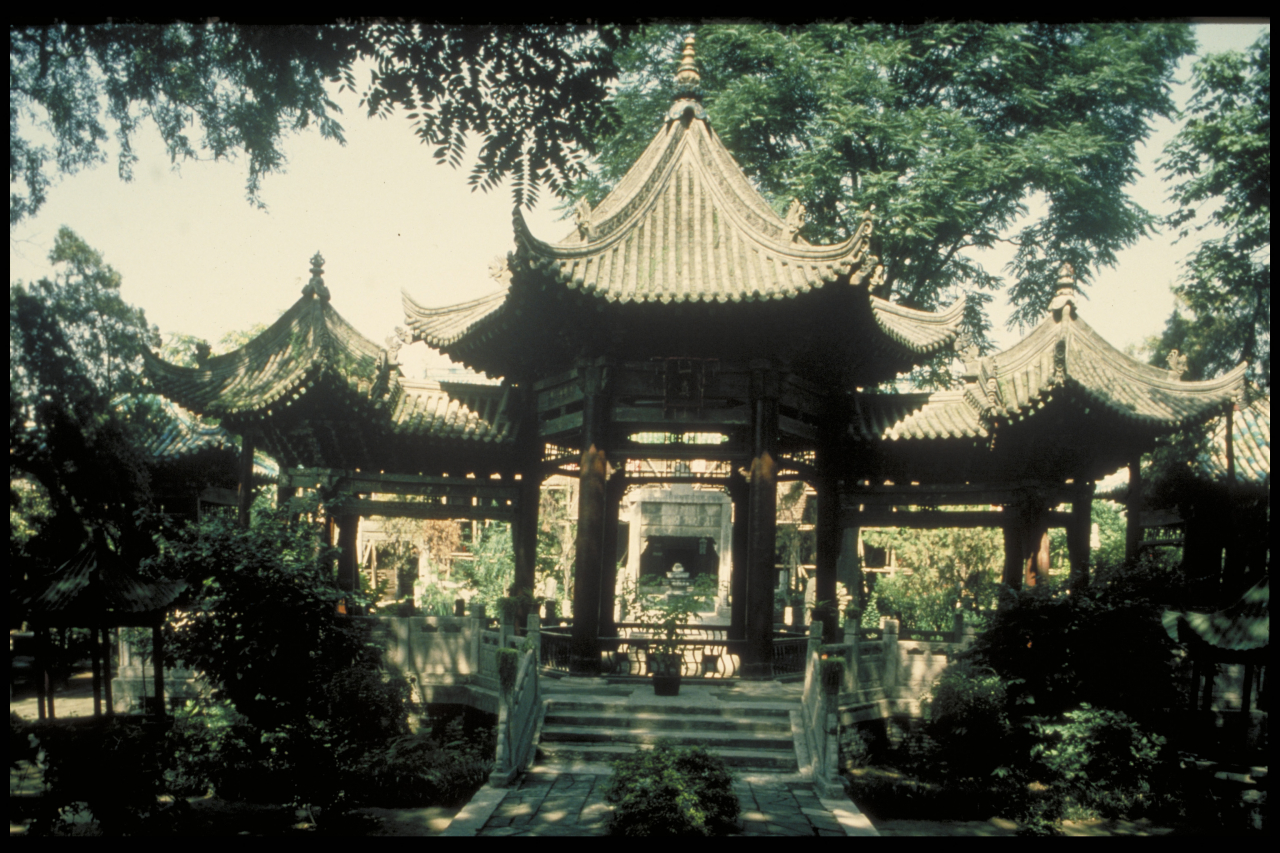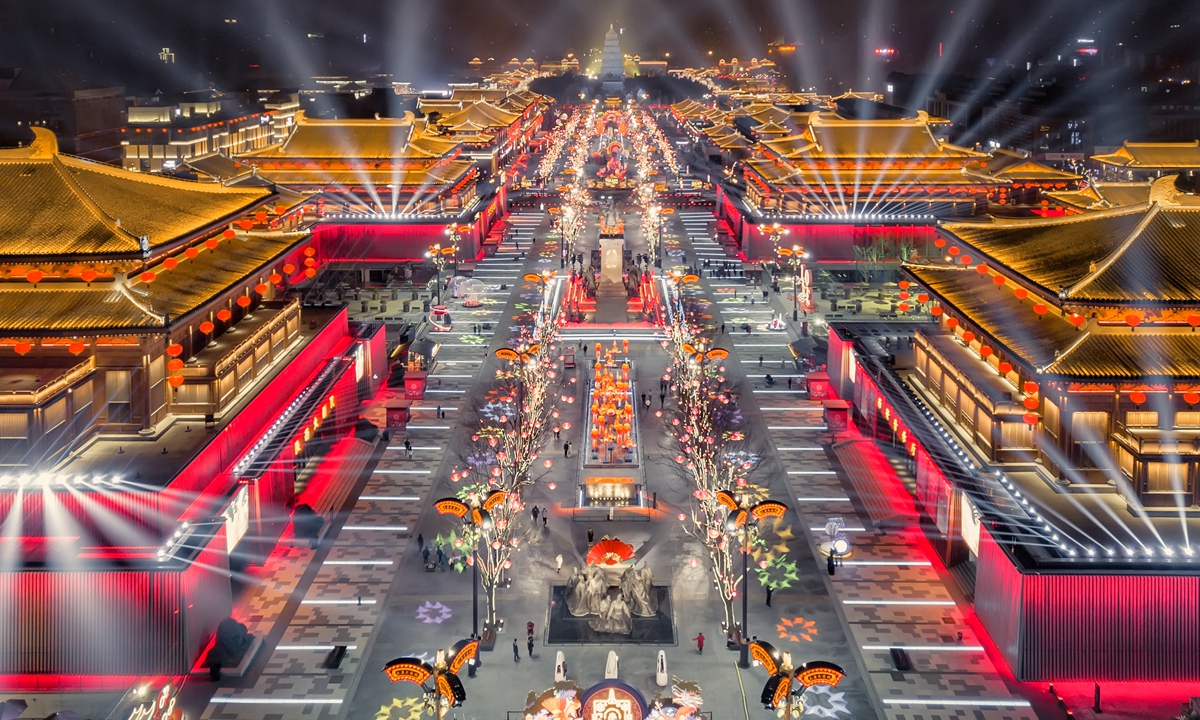Tracing Xi’an’s Silk Road Legacy and Cultural Impact

If you’re a traveler with a passion for history and culture, Xi’an stands as one of China’s most captivating destinations. As the eastern gateway of the ancient Xi’an Silk Road Legacy, this city has shaped China Silk Road history through centuries of trade, exchange, and innovation. From its role in connecting East and West along Xi’an historical routes, to the vibrant cultural attractions in Xi’an that draw visitors today, exploring this legacy offers a window into the heart of China history travel. Here at jusha.travel, we love sharing tips to make your China journey unforgettable, and this guide will help you uncover Xi’an’s enduring influence on global culture.
### Xi’an: The Eastern Gateway of the Ancient Silk Road

Xi’an, once known as Chang’an, served as the bustling eastern terminus of the Silk Road, a network of trade routes that began as early as the 2nd century B.C. This ancient pathway wasn’t just about commerce; it was a lifeline for ideas, technologies, and cultures that transformed civilizations. Emperor Wu of the Han Dynasty dispatched emissary Zhang Qian on groundbreaking expeditions, establishing what became known as the Xi’an Silk Road Legacy. These journeys turned Xi’an into a thriving hub, where merchants from Central Asia, the Middle East, and https://jusha.travel/how-to-explore-chinas-silk-road-in-one-unforgettable-trip/ beyond converged, exchanging goods like Chinese silks for exotic wools and spices.
For modern travelers, understanding Xi’an historical routes starts with visiting sites like the ancient city walls, which encapsulate this era’s grandeur. As you walk along these fortified paths, imagine the caravans that once traversed them, carrying not only treasures but also the seeds of cultural fusion. A great resource for deeper insights is the Ancient Silk Road Starting From Xi’an – China Odyssey Tours, which highlights how Xi’an’s strategic location made it indispensable to China Silk Road history.
Practical tip: If you’re planning a trip, consider timing your visit to coincide with Xi’an’s Silk Road International Festival, where performers in traditional attire recreate historical scenes. This event is a fantastic way to experience the city’s legacy firsthand, and it aligns perfectly with Xi’an travel guide recommendations for immersive cultural attractions in Xi’an, offering more insights as discussed in https://jusha.travel/top-10-must-visit-cities-in-china-for-2025-adventures/.
### Cultural Exchanges and Intercultural Dialogue Along the Routes

The Silk Road was more than a trade route; it was a melting pot of cultures that fostered profound exchanges. In Xi’an, this legacy is evident in the blend of languages, cuisines, and beliefs that traveled along Xi’an historical routes. Goods like Chinese silks and papermaking techniques moved westward, while influences from the West, such as new crops and artistic styles, enriched local life. This two-way flow exemplifies the Xi’an Silk Road Legacy, where ideas spread like the silk itself, creating a cosmopolitan society centuries ahead of its time.
One of the most fascinating aspects is how religions journeyed along these paths. Buddhism arrived from India, finding a home in Xi’an’s temples, while Nestorian Christianity and Islam also took root, leading to a remarkable atmosphere of tolerance. Today, you can explore this at the Great Mosque, where Islamic architecture merges with Chinese designs, or at the Big Wild Goose Pagoda, a UNESCO-recognized site that houses ancient Buddhist scriptures. For a broader perspective on these exchanges, check out The Legacy of the Silk Road – YaleGlobal Online, which discusses how staging posts along the route became vibrant meeting grounds.
Culturally sensitive insight: When visiting these sites, respect local customs by dressing modestly and learning a few basic phrases in Mandarin. Food lovers will delight in Xi’an’s culinary scene, where cultural attractions in Xi’an include trying yangrou paomo (lamb bread soup), a dish influenced by Middle Eastern traders. It’s a reminder of how the Silk Road shaped China history travel, as explored in https://jusha.travel/best-places-to-visit-in-china-discover-iconic-landmarks-and-hidden-gems/, blending flavors that continue to inspire today.
### Religious, Artistic, and Technological Influences in Xi’an

The artistic and technological impacts of the Silk Road in Xi’an are a testament to its role as a bridge between worlds. Buddhist murals, statues, and manuscripts discovered in cave grottoes near the city showcase a fusion of styles, with Central Asian motifs blending seamlessly with Chinese artistry. This creative exchange extended to innovations like papermaking and cast iron technology, which traveled westward from China, revolutionizing global industries and underscoring the Xi’an Silk Road Legacy.
In turn, Xi’an adopted new techniques, such as advanced irrigation methods from the West, which boosted agriculture and supported its growth as a commercial metropolis. Exploring museums like the Shaanxi History Museum offers a hands-on look at these developments, with artifacts that illustrate China Silk Road history. For quantitative analysis on how these routes influenced urban planning, refer to Quantitative Insights from Historical GIS and Space Syntax in Xi’an, which provides data-driven perspectives on Xi’an’s layout, including insights into https://jusha.travel/why-xians-terracotta-warriors-are-worth-the-hype/.
Interesting fact: Today, Xi’an’s tech scene echoes this historical ingenuity, with companies leveraging modern innovations like high-speed rail to connect to the new Silk Road initiatives under China’s Belt and Road. As a traveler, this makes Xi’an an ideal spot for Xi’an travel guide enthusiasts interested in both ancient and contemporary cultural attractions in Xi’an, from historic tombs to cutting-edge exhibitions.
### Conclusion: Embracing Xi’an’s Timeless Legacy
As we’ve journeyed through Xi’an’s rich tapestry, from its role as the eastern gateway of the Silk Road to its ongoing cultural and technological exchanges, it’s clear that this city remains a beacon of China history travel. The Xi’an Silk Road Legacy continues to inspire, offering lessons on interconnectedness that resonate in our globalized world. Whether you’re marveling at ancient routes or savoring fusion cuisine, Xi’an’s story encourages us to explore with an open mind and heart.
Here at jusha.travel, we’re passionate about guiding curious travelers like you to discover China’s hidden gems. Summarizing key takeaways: Xi’an’s historical routes fostered unparalleled cultural attractions, blending traditions that shaped China Silk Road history and beyond. We hope this post has sparked your wanderlust—now, it’s your turn! Share your thoughts in the comments below, visit jusha.travel for more inspiring guides, or check out related articles like those on Exploring Xi’an, China: A Journey Through History and Culture. Let’s keep the conversation going and plan your next adventure!

